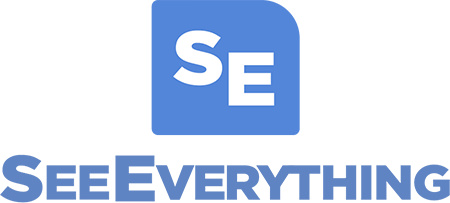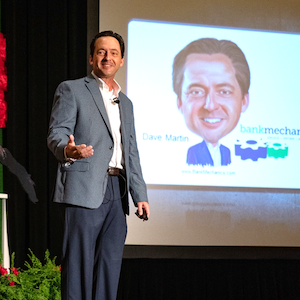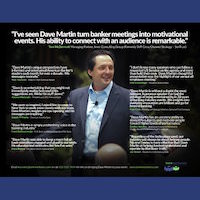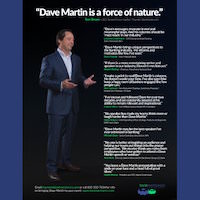 |
 |
"If you got a chance take it, take it while you got a chance. If you got a dream chase it, 'cause a dream won't chase you back." » " 'Til You Can't" Cody Johnson
It's Still All in a Name
One of the most important things to remember in just about any business is that customers can get what you offer elsewhere.
It’s a general rule that any great industry to be in will have tough competition.
The better the business, the tougher the competition.
I’ve reminded bankers for ages now of what a wonderful industry we are part of.
With that, the competition gets tougher, smarter, and more aggressive each year.
As technology has made it increasingly possible for financial institutions to expand the geographies they serve, competition to attract and retain loyal customer relationships only increases.
Whenever possible, we need to look to personally connect in ways the competition can’t or won’t.
I was reminded of one of the more powerful ways a business can make a customer feel appreciated in an unexpected place recently.
Many dry cleaners were devastated over the past two years.
Work-from-home and travel bans greatly reduced Americans’ dry-cleaning needs.
The one I used for years was eventually sold. Now, there are lots of options in my area, but I try to support businesses nearest my neighborhood.
To be honest, the woman who now runs the place did not strike me as especially warm. Competent? Sure. But she wasn’t as friendly as the previous owner.
Plus, the place looks like it could use a little upkeep. It’s clean, but looking a bit run down.
The new owner’s demeanor seemed to match the décor. I had only interacted with her twice, but both impressions were similarly uninspired.
Then, when I walked in last week, she looked up from the stack she was sorting and said, “Good morning… Mr. Martin? Dave, right?”
I was shocked.
She wasn’t in front of a screen. She didn’t have any kind of ledger in front of her.
Yet she remembered my name and used it in greeting me.
When I pulled into the parking lot, I was actually contemplating finding a new cleaner.
One minute later I was practically laughing at myself at how quickly my entire opinion changed. I’m not the number on the receipt. They know my name here!
This is my dry cleaner. No need to shop around. Hey, they know me here.
How many customers will you remind by name today of why they choose to stay with you?
Branching Out?
A young man who works with a workforce optimization company recently reached out after reading a BAI branch banking column I was interviewed in.
He shared a piece of research his company conducted that grabbed my attention.
It related to something I’ve frequently suggested anecdotally to leaders. I’ve observed and spoken with bankers about the subject but had never officially surveyed them on it.
His company found that, on average across all ages, nearly 60% of the branch workforce is interested in picking up shifts at multiple branches.
I believe that to be an eye-opening finding.
It’s totally credible yet may be a bit surprising to some leaders. There is a reasonable belief that people benefit from routine.
It’s thought that there is a level of comfort that comes with familiar work environments, procedures, work relationships, etc.
Routines allow us to become efficient with our time and effort.
In theory, that should make us more productive, and being more productive leads to greater job satisfaction and employee retention.
All these things can be (mostly) true.
Yet, the fact that 60% of the workforce…again, across all ages… are interested in at least occasionally working at different branches is telling.
We humans tend to grow bored or burnout when we feel in a rut.
That doesn’t have to mean a job is not challenging or even that it doesn’t pay well. Nor does it mean folks are ungrateful or disinterested in the jobs they have.
It means they are, well… human.
Sure, it may not always be feasible to give interested team members opportunities to work in other locations from time to time. Then again, it might be more feasible than some think.
We shouldn’t underestimate the impact of allowing interested people opportunities for the adrenaline rush and learning opportunities that come from breaking set routines.
It’s a fair bet that whatever minor inefficiencies are initially created are more than made up for by increased employee engagement and development opportunities.
Even if allowing folks to work in multiple locations isn’t possible, looking for opportunities to allow folks to break routines by taking on new or different tasks can be incredibly beneficial.
Strive to give your own teams opportunities to break routines.
Breaking routines just may mend burnout.









